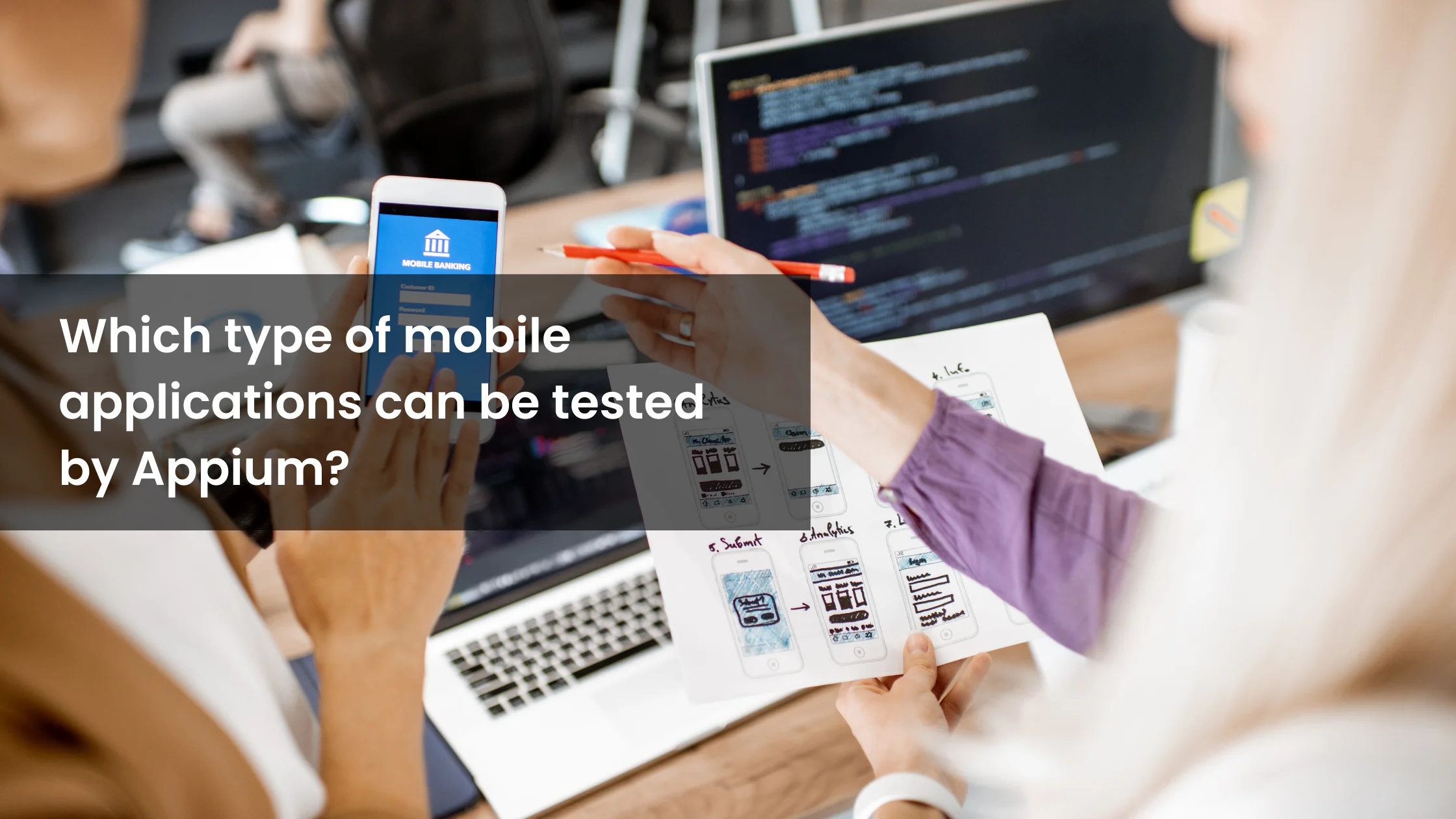Native mobile app testing focuses on assessing applications specifically built for a particular operating system, like Android or iOS. These apps are downloaded directly from app stores and installed on devices. Examples of native apps include Instagram, WhatsApp, and Waze. They leverage the unique features of their target platform, such as camera access or push notifications.
If you're looking to understand how to effectively test native mobile apps, this guide will cover all the essentials, from frameworks to testing strategies.
Table of Contents
- What Are Native Apps?
- Key Factors in Testing Native Mobile Apps
- Emulators, Simulators, or Real Devices?
- Choosing Real Devices for Testing
- Manual vs. Automated Testing
- Step-by-Step Guide for Testing Native Mobile Apps
- Best Practices for Native Mobile App Testing
1. What Are Native Apps?
Native apps are built using platform-specific programming languages—Swift or Objective-C for iOS and Java or Kotlin for Android. These apps deliver high performance and seamless user experiences because they utilize the platform's core features.
Examples of Native Apps
- Instagram
- WhatsApp
- Pokemon Go
Key Testing Frameworks for Native Apps
- iOS: XCUITest, Appium, Calabash
- Android: Espresso, Robotium, Appium
2. Key Factors in Testing Native Mobile Apps
Testing native apps involves validating performance, compatibility, security, and functionality. Here are some considerations:
- Performance Testing: Can the app handle high user loads?
- UI/UX Testing: Is the user interface intuitive?
- Security Testing: Are sensitive data and APIs secure?
- Compatibility Testing: Does it work across various OS versions and device models?
3. Emulators, Simulators, or Real Devices?
- Emulators: Great for simulating environments, such as low memory or CPU usage, but lack real hardware capabilities.
- Simulators: Provide faster results for initial testing but don’t emulate hardware behavior.
- Real Devices: Essential for end-to-end testing, as they uncover real-world issues like hardware-software compatibility and battery drain.
Pro Tip: Use cloud-based platforms like BrowserStack or Kobiton to access a wide range of real devices for testing.
4. Choosing Real Devices for Testing
When selecting devices, keep the following in mind:
- Market Share: Test on devices popular in your target audience’s region.
- OS Versions: Ensure compatibility with the latest and older OS versions.
- Screen Sizes: Validate the app’s adaptability across different resolutions.
5. Manual vs. Automated Testing
Both testing approaches have their merits.
Manual Testing
- Suitable for exploratory, UI, and usability testing.
- Detects subtle issues like poor user navigation.
Automated Testing
- Ideal for repetitive tasks, regression testing, and performance testing.
- Tools: Appium, Espresso, or XCUITest.
When to Choose Which
| Factor | Manual Testing | Automated Testing |
|---|---|---|
| Complexity | Best for complex workflows | Best for repetitive tasks |
| Team Size | Small teams | Medium to large teams |
| Budget | Cost-effective upfront | Cost-effective long-term |
6. Step-by-Step Guide for Testing Native Mobile Apps
Set Objectives
Define clear testing goals, like assessing app responsiveness under different conditions.Choose the Right Tools
Select frameworks suited to your app’s platform, such as XCUITest for iOS or Espresso for Android.Prepare the Test Environment
Use a mix of emulators, simulators, and real devices.Create Test Scenarios
Identify user flows, such as login, data submission, and offline usage.Execute Tests
- Manual: Test critical paths like user onboarding.
- Automated: Run regression suites.
Analyze Results
Use logs and performance metrics to identify bottlenecks.Optimize and Retest
Fix issues and retest to ensure consistent results.
7. Best Practices for Native Mobile App Testing
Prioritize Real Devices
Testing on actual hardware ensures realistic performance validation.Integrate Testing Early
Adopt a Shift Left approach by involving testing during development.Focus on Key Metrics
Track crash rates, loading times, and memory consumption.Leverage Cloud Testing Platforms
Services like Kobiton enable access to diverse devices without hefty investments.Maintain Detailed Documentation
Record test cases, issues, and fixes for future reference.
Conclusion
Testing native mobile apps is critical to delivering a seamless and reliable user experience. By leveraging the right tools, devices, and testing strategies, you can ensure your app not only meets but exceeds user expectations. Start your testing journey today to create a robust and engaging native mobile application.
Ready to enhance your testing process? Check out platforms like Testriq to get started!
 The world of mobile apps—where would we be without our beloved digital companions that keep us connected, entertained, and occasionally, help us pretend to be productive? But have you ever wondered how these apps get tested to ensure they run flawlessly on our devices? Enter Appium, the superhero of mobile application testing! But what types of mobile applications can be tested by Appium? Let’s dive in and find out!
The world of mobile apps—where would we be without our beloved digital companions that keep us connected, entertained, and occasionally, help us pretend to be productive? But have you ever wondered how these apps get tested to ensure they run flawlessly on our devices? Enter Appium, the superhero of mobile application testing! But what types of mobile applications can be tested by Appium? Let’s dive in and find out!